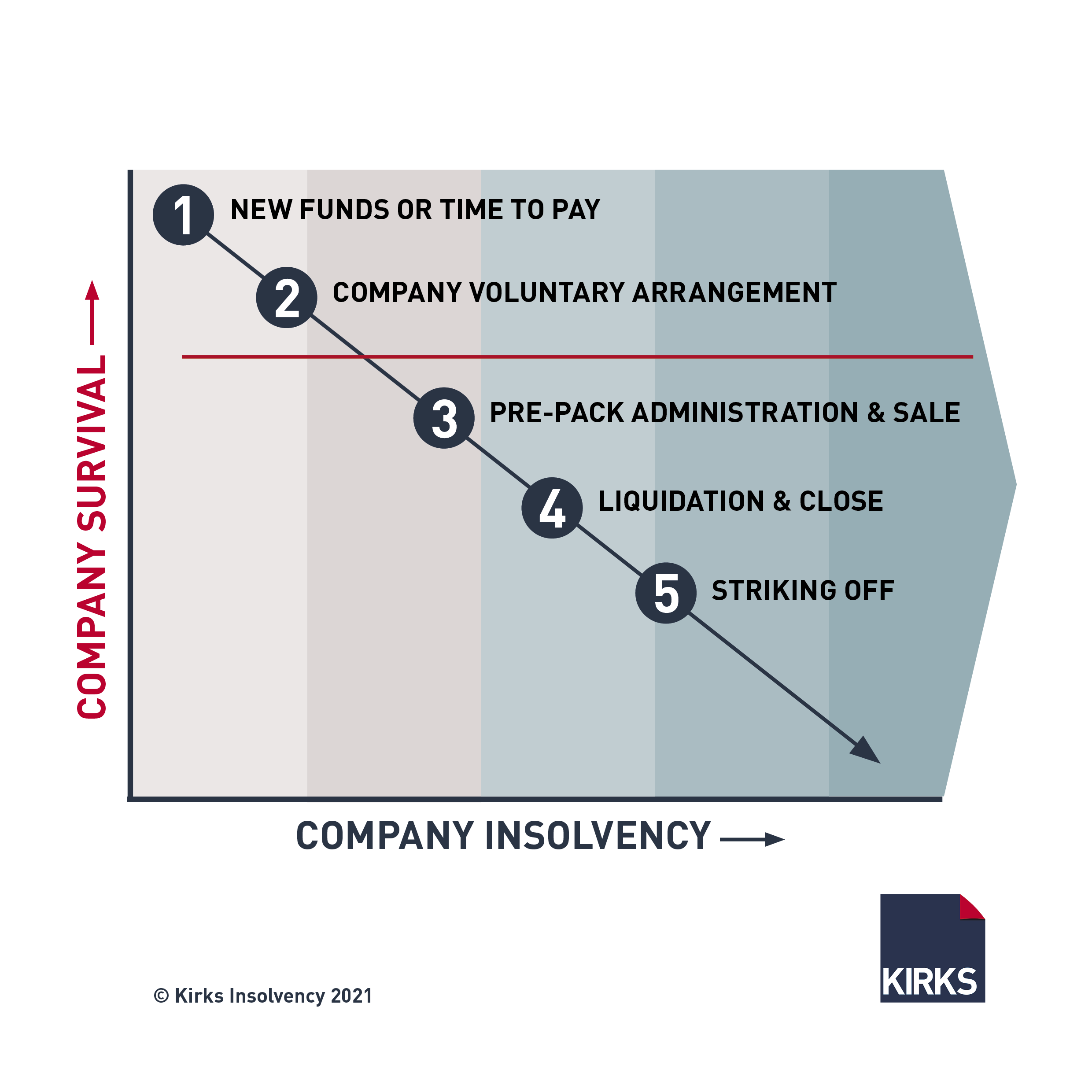Insolvency Practitioner - The Facts
Insolvency Practitioner - The Facts
Blog Article
The Only Guide for Insolvency Practitioner
Table of Contents4 Easy Facts About Insolvency Practitioner DescribedThe Main Principles Of Insolvency Practitioner The Basic Principles Of Insolvency Practitioner Getting My Insolvency Practitioner To WorkThe Only Guide to Insolvency PractitionerOur Insolvency Practitioner PDFsSome Known Incorrect Statements About Insolvency Practitioner
Insolvency is when liabilities are higher than the value of the company, or when a borrower can not pay the debts they owe. A firm can come to be insolvent as a result of a variety of circumstances that cause poor cash money flow. When faced with bankruptcy, an organization or individual can call lenders directly and restructure financial obligations to pay them off.
Insolvency can result in insolvency proceedings, in which lawsuit will certainly be taken against the insolvent person or entity, and possessions. Insolvency Practitioner may be liquidated to repay arrearages. Local business owner may contact lenders directly and restructure financial obligations right into even more workable installments. Creditors are commonly responsive to this technique due to the fact that they intend to be paid back and prevent losses, even if the payment is on a delayed schedule.
The proprietor creates a proposition detailing exactly how the debt might be restructured making use of expense decreases or other strategies for assistance. The proposal shows financial institutions just how the organization may generate sufficient money circulation for rewarding operations while paying its financial debts. Commonly, a forgiven financial obligation might be thought about revenue by the Internal Profits Solution (IRS).
The Of Insolvency Practitioner
When a service needs to pay increased prices for goods and solutions, the business passes along the cost to the customer. As opposed to pay the raised expense, many consumers take their company in other places so they can pay much less for a product and services. Losing customers causes losing revenue for paying the company's creditors.
When operations discontinue, so does the business's income. Some firms end up being insolvent due to the fact that their items or solutions don't evolve to fit customers' changing demands.
The smart Trick of Insolvency Practitioner That Nobody is Talking About
Expenditures go beyond profits and costs stay unpaid. Cash-flow insolvency occurs when a company has the properties to cover their debts however they are in the incorrect form, such as genuine estate instead of liquid funds. Balance-sheet bankruptcy, on the various other hand, indicates a lack of possessions in any kind of form to cover financial obligations.
The IRS states that a person is bankrupt when the overall liabilities exceed total assets. Insolvency Practitioner. A personal bankruptcy, on the various other hand, is an actual court order that depicts just how an insolvent individual or service will repay their financial institutions, or exactly how they will market their possessions Discover More in order to make the repayments
The 8-Second Trick For Insolvency Practitioner
If that scenario extends longer than anticipated, it can bring about bankruptcy. When a firm or individual is financially troubled, they can not fulfill their financial obligations. Solvency is when you have adequate funds to cover the settlements you owe. A company is considered solvent when they have much more properties than obligations.

Recognizing the elements that can lead to bankruptcy, such as overspending, can help you stop bankruptcy and its repercussions.
Little Known Facts About Insolvency Practitioner.
It is well known that supervisors and officers of firms (and managers of minimal liability business) owe fiduciary responsibilities to their companies and their investors (or members). These fiduciary responsibilities are defined by state laws and, though there are variants from one state to another, they typically consist of a responsibility of commitment and a duty of care.
The duty of treatment needs directors and policemans to exercise diligence, to make enlightened choices, and to act in good belief so that their activities are in the very best interest of the firm. Though beyond the extent of this conversation, some states permit these duties to be limited either by so keeping in mind in the organizational documents or abiding by various other needs.
The Best Strategy To Use For Insolvency Practitioner

Take care regarding providing investors special therapy at the expense of creditors (e.g., licensing and funding a dividend or a stock redemption). Beware about favoritism in between classes of investors. Clear up initiatives to discover all the truths before taking a particular program of action; supervisors need to truly believe that any decisions made are in the finest interests of the company in its whole (i.e., decisions will certainly be examined in hindsight in light of the result of such activities on the corporation).
In any bankruptcy or bankruptcy proceeding, repayments made to certain financial institutions at the cost of other financial institutions can be clawed back, particularly if there is some connection in between the business and the creditor. Consider proposing at a yearly shareholder conference (or any type of various other meeting of stockholders) a resolution attesting that all previous organization decisions and activities taken by the directors and police officers of the company were taken in excellent faith after an exercise of sensible treatment.
Not known Facts About Insolvency Practitioner
Totally disclose any personal or service relationships with parties on the other side of deals entailing the corporation to stay clear of the look of a Get the facts conflict of rate of interest. In reviewing potential fund raising transactions or a sale of possessions of the distressed company, be mindful that these purchases might be scrutinized later because of any kind of succeeding development of supervisors' fiduciary duties to include lenders.
Report this page